BJP government has made fake promises during the campaign? Is the economy better in comparison with pre-2014 time?
Is BJP government really doing well for the Indian economy?
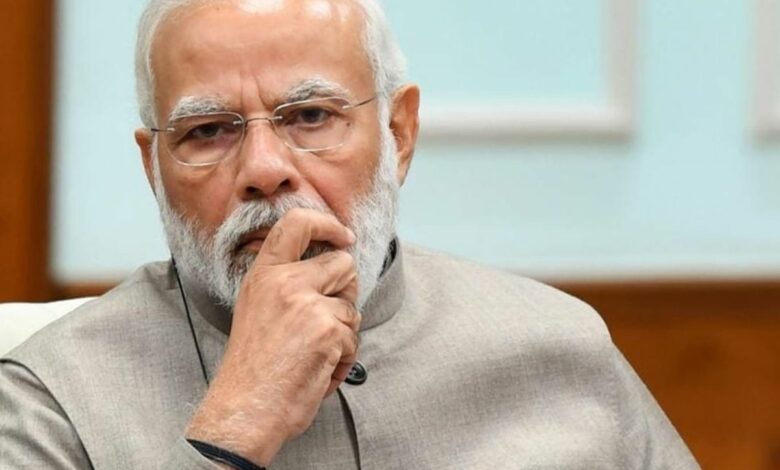
BJP government has played political game with the economy of our nation and we can see this with several major indicators are used to assess the health of the Indian economy, including GDP growth, inflation, tax-to-GDP ratio, repo rate, and more. All of these and other indicators demonstrate how the economy is doing. While some indicators reveal the economy’s general health, others provide insight into the situation at the local level.
For example, inflation depicts how articles are priced at any given period. Inflation has been hovering around 2.50 per cent to 4% for the past year. This indicates that the prices of the products have been stable during the last year. The Reserve Bank of India controls the repo rate, which affects borrowers, particularly home buyers, almost every time it changes. However, the RBI has not changed the policy rate in six months or three bi-monthly policy meetings.
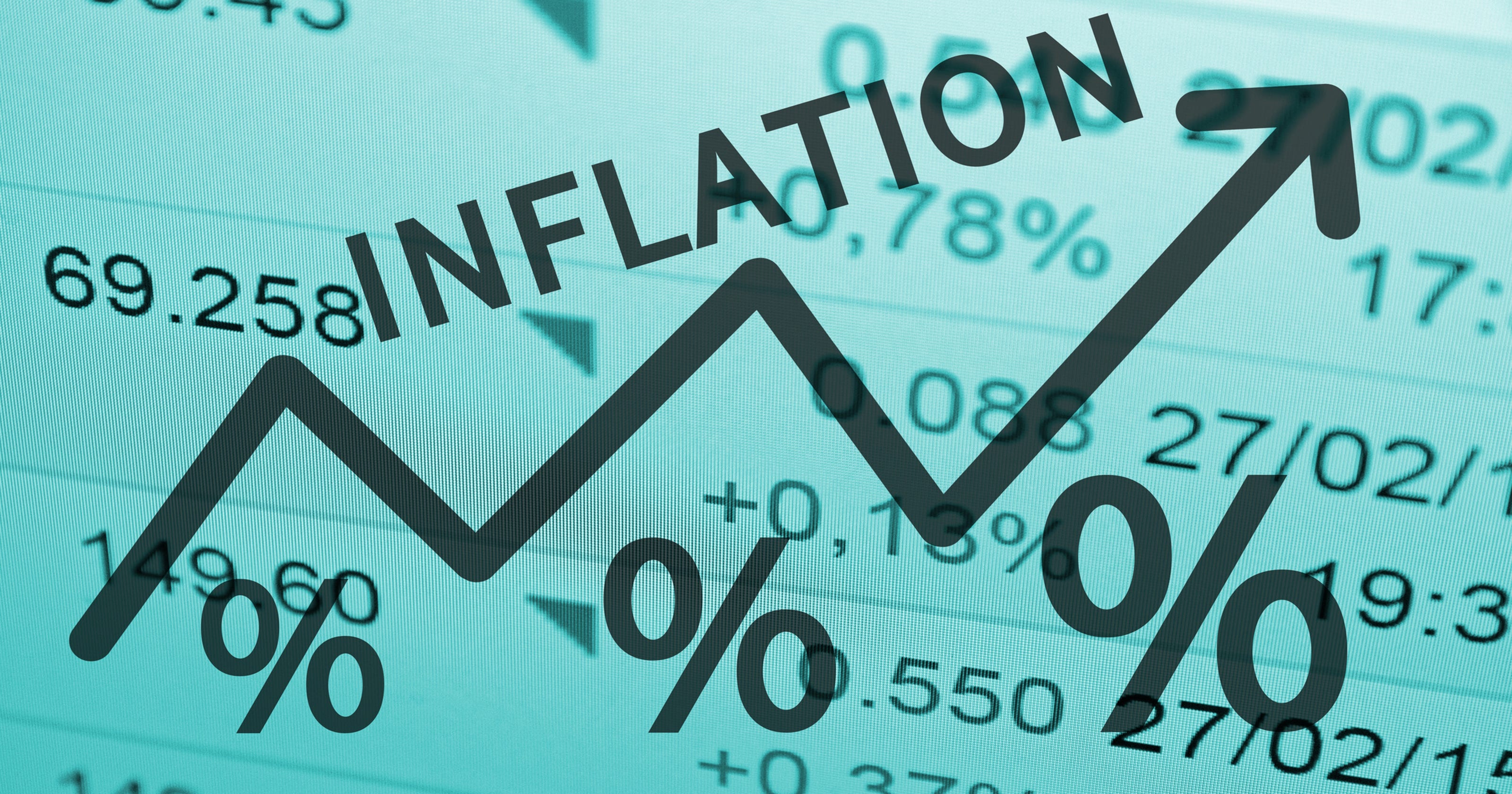
Such indicators of economic health are also vital for the central government to consider when preparing its annual budgets. On July 5, Modi 2.0, the Narendra Modi-led Bharatiya Janata Party (BJP government) administration in its second term, will present its maiden Budget, which will not only take into account the main economic metrics for the previous four quarters but also set the tone for the economy in the years ahead.
The gross domestic product is the single and most often used indicator of a country’s economic health: a single number that represents the monetary value of all finished products and services produced within a country’s boundaries over a specific time period. Although the gross domestic product is simple to define, it isn’t easy to calculate, and different countries use different methodologies.
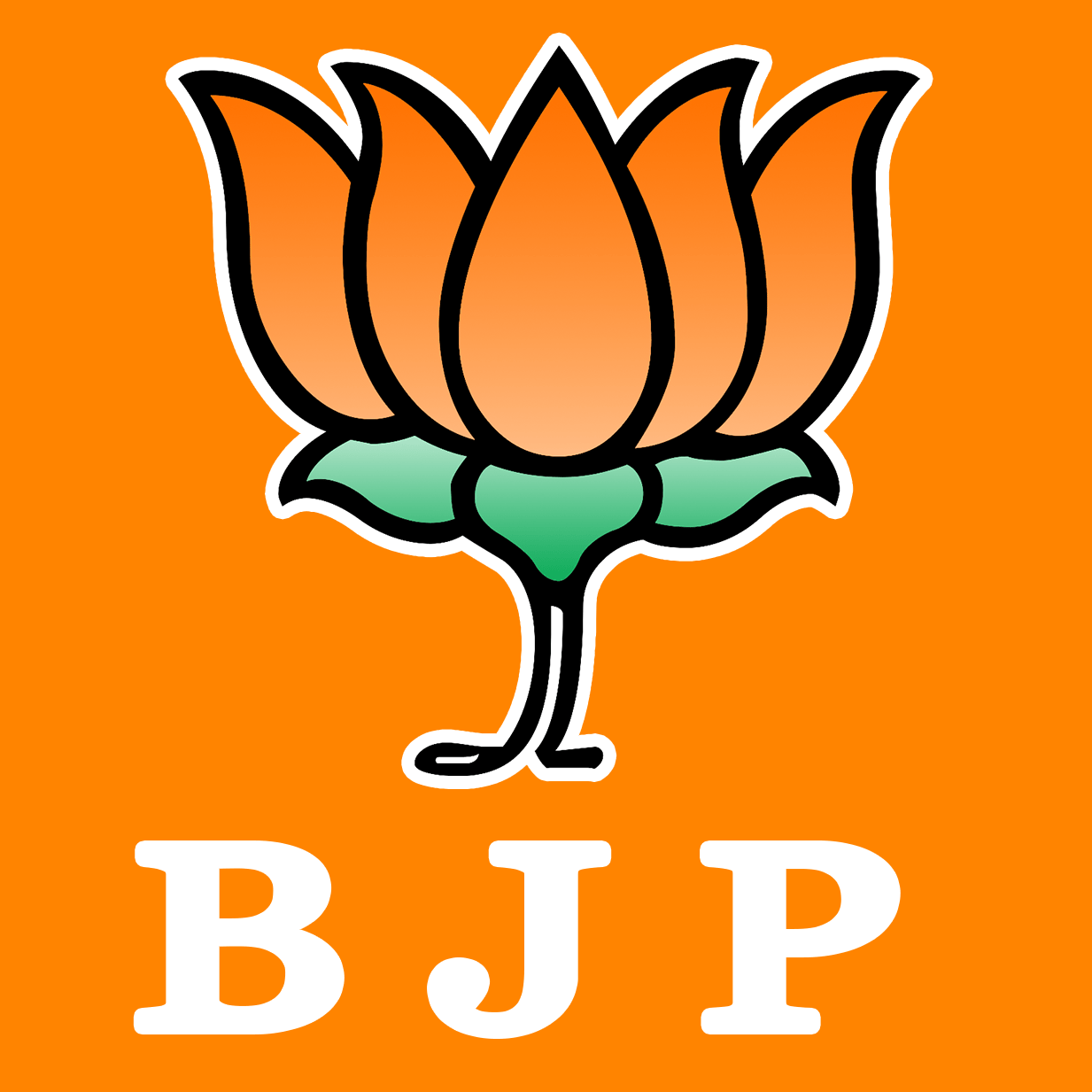
The Ministry of Statistics and Program Implementation’s Central Statistics Office manages macroeconomic data collection and statistical record keeping. Its procedures include an annual industry survey and the production of several indices, such as the (IPI) Industrial Production Index and the Consumer Price Index (CPI).
For collecting and compiling the data needed to calculate the GDP and other statistics. The Central Statistics Office had collaborated with various federal and state government agencies and departments. The Price Monitoring Cell at the Department of Consumer Affairs under the Ministry of Consumer Affairs, for example, collects and calibrates data points pertaining to manufacturing, crop yields, and commodities that are utilised in the WPI and CPI calculations. Narendra Modi who guides the BJP government stormed India’s political stage with lofty promises of more jobs, affluence, and less red tape.
Gross Domestic Product after BJP government came into play
His landslide victories in 2014 and 2019 sparked expectations of significant reforms. However, during his seven years as prime minister, his economic record has been disappointing. And the pandemic ruined what had already been a poor showing.
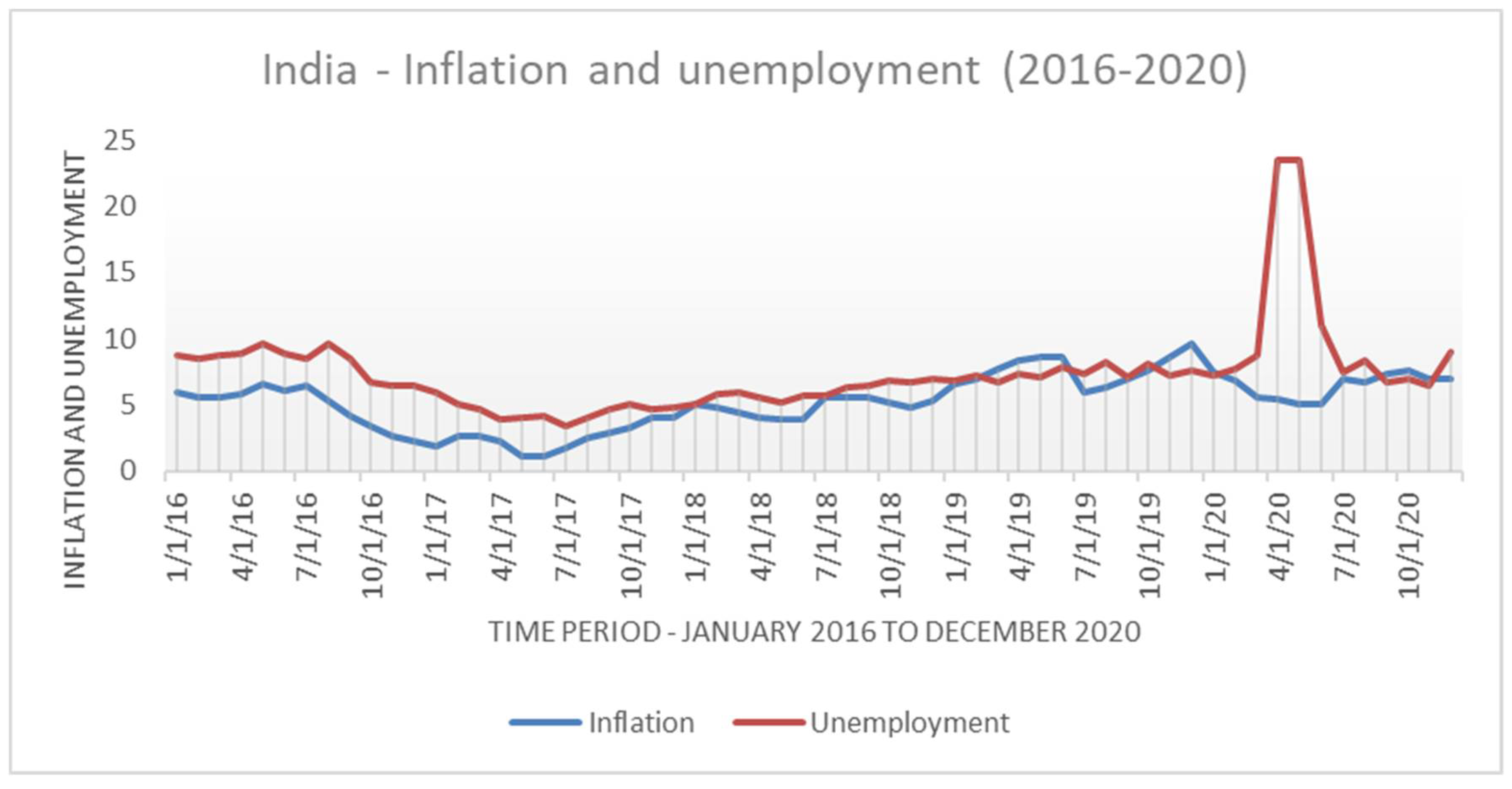
In seven graphs, see how Asia’s third-largest economy has performed under BJP government guided by Modi. Mr Modi’s stated GDP goal of $5 trillion (£3.6 trillion) by 2025, or around $3 trillion after inflation, is currently a pipe dream.
Pre-Covid predictions for 2025 ranged from $2.6 trillion to $2.7 trillion. Another $200-300 billion has been lost due to the pandemic. According to economist Ajit Ranade, rising inflation, fueled by rising global oil costs, is also a major issue. But Covid isn’t the only one to blame.
By the fourth quarter of 2019-20, India’s GDP had plummeted to its lowest level in a decade, 3.1 per cent, from a high of 7-8 per cent when Mr Modi and his ruling BJP government took office. Businesses were hit hard by a disastrous currency embargo in 2016, which wiped away 86 per cent of cash in circulation and hurried implementation of a broad new tax regime known as the Goods and Services Tax (GST).
This sparked the next major issue. “The slowdown in investments has been India’s largest concern since 2011-12,” said Mahesh Vyas, who is the CEO of the Centre for Monitoring the Indian Economy (CMIE). “Then, since 2016, we’ve had too many economic shocks in a short period of time.”
He said that the money embargo, GST, and periodic lockdowns all reduced employment.
According to the most recent official figure, unemployment reached a 45-year high of 6.1 per cent in 2017-18. However, according to household surveys conducted by CMIE, a commonly used proxy for labour market data, it has roughly doubled.
Joblessness is on rise
Since the start of 2021, more than 25 million people have lost their employment. According to Pew Research, more than 75 million Indians have fallen back into poverty, including a third of the country’s 100 million middle class, reversing half a decade of progress.
Mr Modi’s BJP government has also failed to create the 20 million jobs that the economy requires each year, according to Mr Ranade. India has only added about 4.3 million jobs every year for the past decade. Mr Modi’s high-octane flagship campaign, ‘Make in India,’ was expected to transform India into a global manufacturing powerhouse by reducing red tape and attracting investment for export centres.
Under BJP government India is not making or exporting enough
The goal is for manufacturing to account for 25% of GDP. After seven years, its market share has remained unchanged at 15%. As per the Centre for Economic Data and Analysis, manufacturing jobs have decreased by half in the last five years.
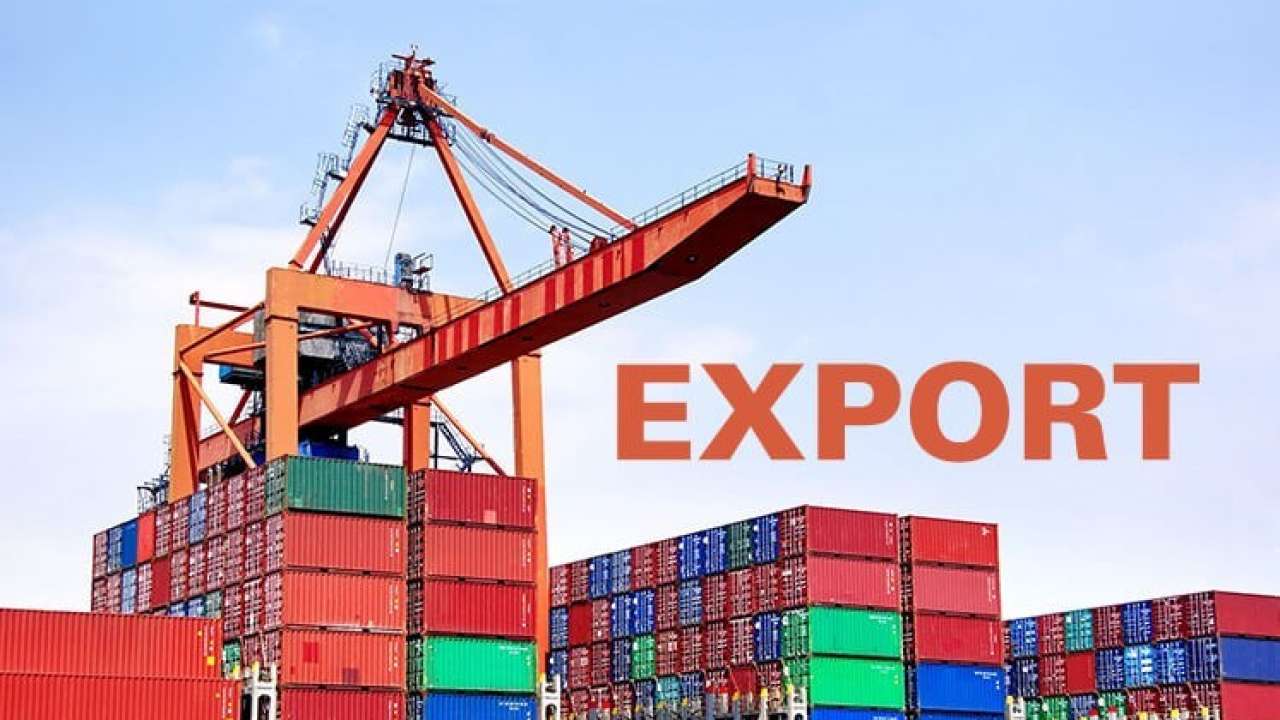
For nearly a decade, exports have stagnated at roughly $300 billion. India has steadily lost its market share to smaller competitors such as Bangladesh, whose astonishing growth has been based on exports, fueled mostly by the labour-intensive garments industry.
In recent years, Mr Modi has also raised tariffs and become more protectionist, in line with his rallying cry of “self-reliance.” According to Vinayak Chatterjee, co-founder of infrastructure business Feedback Infra, Mr Modi’s BJP government has been laying 36km (22 miles) of roadways per day on average, compared to his predecessor’s daily total of 8-11km.
Renewable energy capacity (solar and wind) has doubled in the last five years. As a result, India is on track to meet its 2023 objective of 175 gigawatts, with a current capacity of around 100 gigawatts.
Economists mostly praised BJP government and Mr Modi’s populist trademark initiatives, including millions of new toilets to curb open defecation, housing loans, cooking gas subsidies, and piped water for the poor.
However, many of the toilets are unusable or lack running water, and rising fuel prices have negated the subsidy’s benefits. Economists are concerned about India’s growing budget deficit due to increased spending without corresponding revenue from taxes or exports.
Talking about the ruling BJP government’s concern about medical facility, “This government, like previous ones, has continued to ignore healthcare. Resulted to which, India has one of the lowest levels of public healthcare spending globally, “Reetika Khera, an economist, stated.
According to experts, tertiary care is prioritised over preventative or primary care.
“This is pushing us toward a US-style health system, which is expensive and, despite that, produces lower health outcomes,” Ms Khera noted.
Even during Covid, BJP government under guidance of Mr Modi’s ambitious health insurance scheme, which he launched in 2018, appears to have been underutilized. Almost everyone agrees that India’s agricultural industry requires change. However, pro-market legislation passed last year is blocked after months of demonstrations by irate farmers who claim it will further reduce their revenues. Mr Modi, who campaigned on a vow to treble farm earnings, denies this.

Piecemeal reforms, however, experts say, would achieve little; instead, the government should spend to make farming more inexpensive and profitable, according to economist Professor R Ramakumar.
“Demonetisation shattered supply chains, some irreversibly, and GST pushed up input costs in 2017. In addition, the government has done very nothing to ease the agony of 2020 [Covid lockdowns], “he continued. Mr Ranade believes that part of the solution lies outside of agriculture: “Agriculture will thrive if other industries can absorb the surplus labour.”
But that can only happen if India sees a rebound in private investment, which is currently at a 16-year low, according to CMIE, and is perhaps BJP government and Mr Modi’s largest economic problem.
Conclusion
With this, we can surely see if the ruling party that is guided under the supervision of our honourable Prime Minister Modi and the ruling BJP government is working or if they just had their agenda and goals during the campaign. BJP government has always worked on hitting the cultural emotions of the people and have always worked in cultural favours. Few people may question the ruling BJP government that only concerning cultural problems will help the economy grow?
BJP government has played political game with the economy of our nation and we can see this with several major indicators are used to assess the health of the Indian economy, including GDP growth, inflation, tax-to-GDP ratio, repo rate, and more. All of these and other indicators demonstrate how the economy is doing. While some indicators reveal the economy’s general health, others provide insight into the situation at the local level.
For example, inflation depicts how articles are priced at any given period. Inflation has been hovering around 2.50 per cent to 4% for the past year. This indicates that the prices of the products have been stable during the last year. The Reserve Bank of India controls the repo rate, which affects borrowers, particularly home buyers, almost every time it changes. However, the RBI has not changed the policy rate in six months or three bi-monthly policy meetings.

Such indicators of economic health are also vital for the central government to consider when preparing its annual budgets. On July 5, Modi 2.0, the Narendra Modi-led Bharatiya Janata Party (BJP government) administration in its second term, will present its maiden Budget, which will not only take into account the main economic metrics for the previous four quarters but also set the tone for the economy in the years ahead.
The gross domestic product is the single and most often used indicator of a country’s economic health: a single number that represents the monetary value of all finished products and services produced within a country’s boundaries over a specific time period. Although the gross domestic product is simple to define, it isn’t easy to calculate, and different countries use different methodologies.

The Ministry of Statistics and Program Implementation’s Central Statistics Office manages macroeconomic data collection and statistical record keeping. Its procedures include an annual industry survey and the production of several indices, such as the (IPI) Industrial Production Index and the Consumer Price Index (CPI).
For collecting and compiling the data needed to calculate the GDP and other statistics. The Central Statistics Office had collaborated with various federal and state government agencies and departments. The Price Monitoring Cell at the Department of Consumer Affairs under the Ministry of Consumer Affairs, for example, collects and calibrates data points pertaining to manufacturing, crop yields, and commodities that are utilised in the WPI and CPI calculations. Narendra Modi who guides the BJP government stormed India’s political stage with lofty promises of more jobs, affluence, and less red tape.
Gross Domestic Product after BJP government came into play
His landslide victories in 2014 and 2019 sparked expectations of significant reforms. However, during his seven years as prime minister, his economic record has been disappointing. And the pandemic ruined what had already been a poor showing.

In seven graphs, see how Asia’s third-largest economy has performed under BJP government guided by Modi. Mr Modi’s stated GDP goal of $5 trillion (£3.6 trillion) by 2025, or around $3 trillion after inflation, is currently a pipe dream.
Pre-Covid predictions for 2025 ranged from $2.6 trillion to $2.7 trillion. Another $200-300 billion has been lost due to the pandemic. According to economist Ajit Ranade, rising inflation, fueled by rising global oil costs, is also a major issue. But Covid isn’t the only one to blame.
By the fourth quarter of 2019-20, India’s GDP had plummeted to its lowest level in a decade, 3.1 per cent, from a high of 7-8 per cent when Mr Modi and his ruling BJP government took office. Businesses were hit hard by a disastrous currency embargo in 2016, which wiped away 86 per cent of cash in circulation and hurried implementation of a broad new tax regime known as the Goods and Services Tax (GST).
This sparked the next major issue. “The slowdown in investments has been India’s largest concern since 2011-12,” said Mahesh Vyas, who is the CEO of the Centre for Monitoring the Indian Economy (CMIE). “Then, since 2016, we’ve had too many economic shocks in a short period of time.”
He said that the money embargo, GST, and periodic lockdowns all reduced employment.
According to the most recent official figure, unemployment reached a 45-year high of 6.1 per cent in 2017-18. However, according to household surveys conducted by CMIE, a commonly used proxy for labour market data, it has roughly doubled.
Joblessness is on rise
Since the start of 2021, more than 25 million people have lost their employment. According to Pew Research, more than 75 million Indians have fallen back into poverty, including a third of the country’s 100 million middle class, reversing half a decade of progress.
Mr Modi’s BJP government has also failed to create the 20 million jobs that the economy requires each year, according to Mr Ranade. India has only added about 4.3 million jobs every year for the past decade. Mr Modi’s high-octane flagship campaign, ‘Make in India,’ was expected to transform India into a global manufacturing powerhouse by reducing red tape and attracting investment for export centres.
Under BJP government India is not making or exporting enough
The goal is for manufacturing to account for 25% of GDP. After seven years, its market share has remained unchanged at 15%. As per the Centre for Economic Data and Analysis, manufacturing jobs have decreased by half in the last five years.

For nearly a decade, exports have stagnated at roughly $300 billion. India has steadily lost its market share to smaller competitors such as Bangladesh, whose astonishing growth has been based on exports, fueled mostly by the labour-intensive garments industry.
In recent years, Mr Modi has also raised tariffs and become more protectionist, in line with his rallying cry of “self-reliance.” According to Vinayak Chatterjee, co-founder of infrastructure business Feedback Infra, Mr Modi’s BJP government has been laying 36km (22 miles) of roadways per day on average, compared to his predecessor’s daily total of 8-11km.
Renewable energy capacity (solar and wind) has doubled in the last five years. As a result, India is on track to meet its 2023 objective of 175 gigawatts, with a current capacity of around 100 gigawatts.
Economists mostly praised BJP government and Mr Modi’s populist trademark initiatives, including millions of new toilets to curb open defecation, housing loans, cooking gas subsidies, and piped water for the poor.
However, many of the toilets are unusable or lack running water, and rising fuel prices have negated the subsidy’s benefits. Economists are concerned about India’s growing budget deficit due to increased spending without corresponding revenue from taxes or exports.
Talking about the ruling BJP government’s concern about medical facility, “This government, like previous ones, has continued to ignore healthcare. Resulted to which, India has one of the lowest levels of public healthcare spending globally, “Reetika Khera, an economist, stated.
According to experts, tertiary care is prioritised over preventative or primary care.
“This is pushing us toward a US-style health system, which is expensive and, despite that, produces lower health outcomes,” Ms Khera noted.
Even during Covid, BJP government under guidance of Mr Modi’s ambitious health insurance scheme, which he launched in 2018, appears to have been underutilized. Almost everyone agrees that India’s agricultural industry requires change. However, pro-market legislation passed last year is blocked after months of demonstrations by irate farmers who claim it will further reduce their revenues. Mr Modi, who campaigned on a vow to treble farm earnings, denies this.

Piecemeal reforms, however, experts say, would achieve little; instead, the government should spend to make farming more inexpensive and profitable, according to economist Professor R Ramakumar.
“Demonetisation shattered supply chains, some irreversibly, and GST pushed up input costs in 2017. In addition, the government has done very nothing to ease the agony of 2020 [Covid lockdowns], “he continued. Mr Ranade believes that part of the solution lies outside of agriculture: “Agriculture will thrive if other industries can absorb the surplus labour.”
But that can only happen if India sees a rebound in private investment, which is currently at a 16-year low, according to CMIE, and is perhaps BJP government and Mr Modi’s largest economic problem.
Conclusion
With this, we can surely see if the ruling party that is guided under the supervision of our honourable Prime Minister Modi and the ruling BJP government is working or if they just had their agenda and goals during the campaign. BJP government has always worked on hitting the cultural emotions of the people and have always worked in cultural favours. Few people may question the ruling BJP government that only concerning cultural problems will help the economy grow?
edited and proofread by nikita sharma




